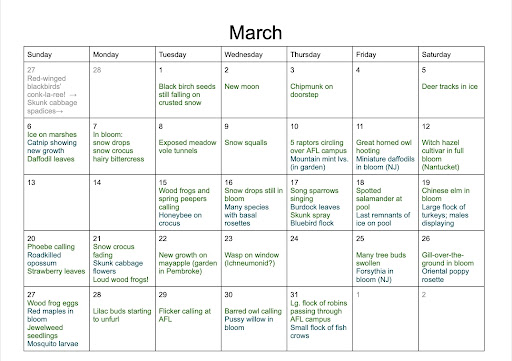Yesterday, as I was writing, I looked up to see this view:

Each year, during breeding season, a flock of turkeys visits my bird feeder on its route between wetlands, clearings, and oak forest. I thought to myself, “Here they come!” And it’s not just the turkeys. As I review my observations over the past four weeks and the submissions to our “Nature’s Rhythms” forms on Google, it’s obvious that the floodgates have broken: chipmunks, wood frogs, honey bees, dutch bulbs, ornamental shrubs, songbirds, seedlings, perennials, and tree flowers are all springing into action. April may get the credit for a new season, but, here in Massachusetts, the activity begins in March.
As anyone who lives in Southeastern Massachusetts knows from experience, spring comes in fits and starts. The mild breezes of an early spring day quickly revert to a snowy gale . . . and back again.

Crocus at AFL, Tuesday, March 8
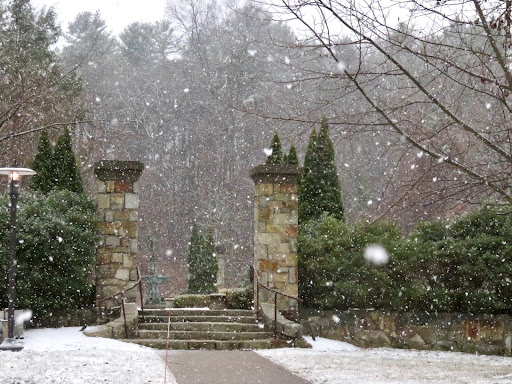
Queset Garden, Wednesday, March 9
Yet there are definite trends and patterns. Among the mainstays is the reappearance of green: early spring bulbs push through the snow to bloom, perennials produce new leaves including basal rosettes, and winter annuals seemingly appear overnight. Buds on woody plants swell, and a few early-blooming trees such as maples burst into flower. Jewelweed seeds germinated this week.

Jewelweed Seedlings Near Footbridge Between AFL & Queset House
Amphibian activity starts early, too, often when there’s still snow on the ground. Tiny spring peepers serenade from every wetland while their larger cousins, the wood frogs, head to their ancestral vernal pools. Several readers expressed their delight in hearing frog calls, and some found egg masses at local vernal pools. Queset Manager, Dana Hourigan, had the good fortune to see a spotted salamander on the library’s property! Her frequent observations paid off.
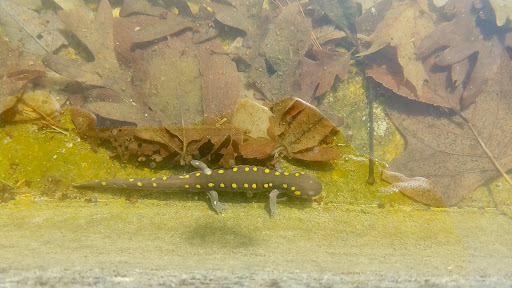
Spotted Salamander
Courtesy: D. Hourigan
A third major area of activity is among birds. Year-round residents such as black-capped chickadees are singing a new tune: “fee-bee.” Likewise, male song sparrows are repeating their chirp, chirp, trill song from prominent perches. During this past week, a flicker’s rattle song could be heard near the library. You also may have heard the mourning dove’s owl-like coo or the robin’s cheerful song. This new soundscape reflects the beginning of mating season: individual males are establishing territories and singing to attract females. As spring progresses and migratory songbirds arrive, the chorus will grow. Eastern phoebes have already arrived. Their nasal “phoebe” call is a dead giveaway.
For the fun of it, I have compiled reader observations and my own into a March nature calendar. Click on the link below to enlarge and print this page. Almost all of the sightings were from Southeastern Massachusetts; a few come from an observer who visits from New Jersey. Many were collected on the library campus.
In case you are wondering, the undisputed winner of “Nature’s Rhythms” is my partner, Louis. His steady curiosity and loyalty over the course of March deserve recognition, though he is, of course, disqualified from any prizes. Thanks to all participants for your interest and camaraderie. I will be contacting you soon regarding prizes.
If you enjoyed the experience of daily observation, you might consider participating in “Nature’s Notebook.” This citizen science project, sponsored by the National Phenology Network, focuses on individual species. Each observer chooses a species to monitor throughout the year “tracking seasonal changes in plants and animals.” The project tracks many species from across the nation. One area of research, the “Green Wave,” seems especially appropriate for our area. It encourages observations of individual maple, oak or poplar trees. Recording observations such as these familiarizes the observer with the cycle of natural events. Phenology is also valuable for understanding plant and animal populations and for climate research.
Another option is to get a notebook and work independently. Here are two titles that offer excellent role models. Both are available through SAILS.
by Ted Williams
Earth Almanac: Nature’s Calendar for Year-round Discovery
by Ken Keffer
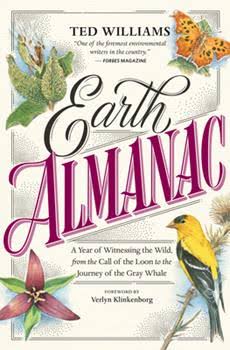
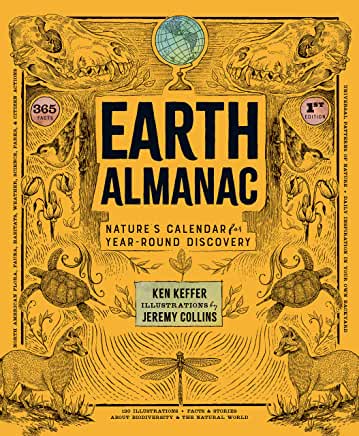
Let’s end with a visual calendar, a month of March images in chronological order. After all this practice, you’re definitely ready for April!
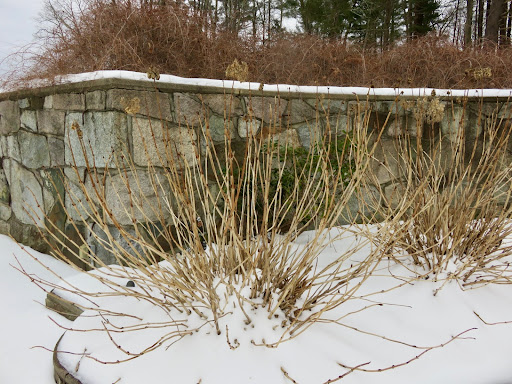
Hydrangeas in Queset Garden, March 1

Black Birch Seeds at Queset Garden, March 1
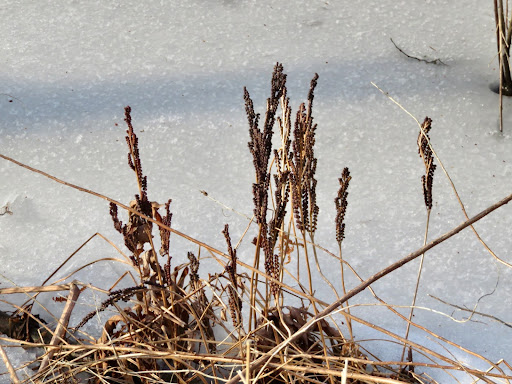
Sensitive Fern Along Frozen Marsh, Halifax, March 6

Red-winged Blackbird, Halifax, March 6
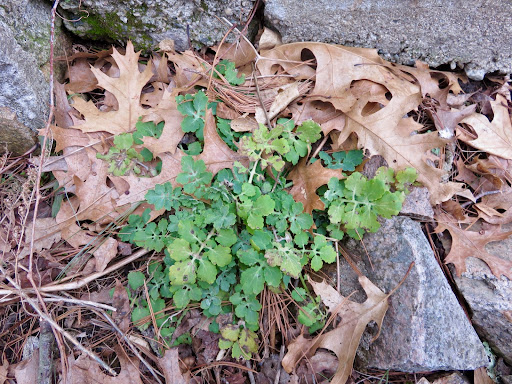
Celandine, Ames Free Library Campus, March 7

AFL’s Neighbor, March 9
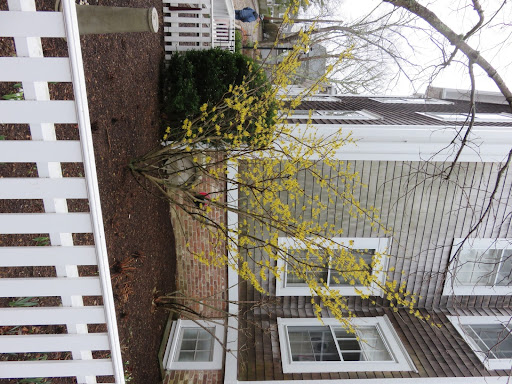
Witch Hazel Cultivar, Nantucket, March 12
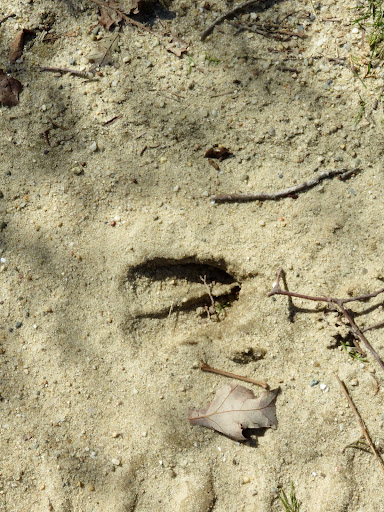
White-tailed Deer Tracks, Nantucket, March 13

Middle Moors, Nantucket, March 13

Vernal Pool, Halifax, March 15

Buds of Chinese Elm in Queset Garden, March 16
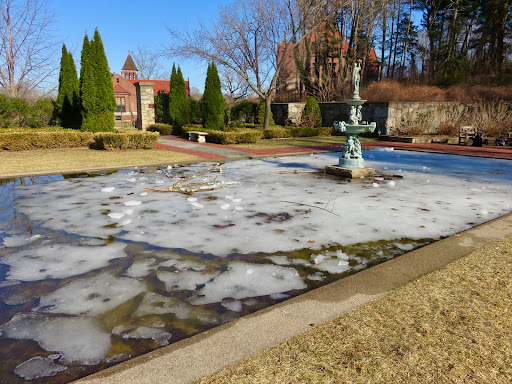
Reflecting Pool at Queset Garden, March 16
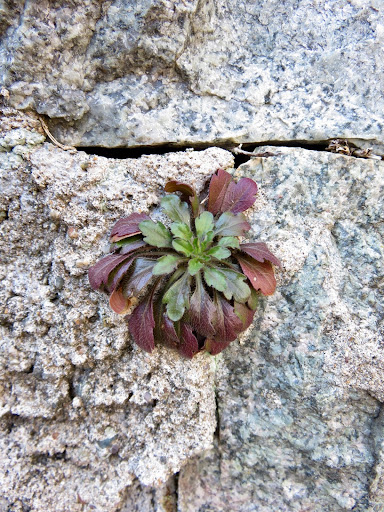
Basal Rosette, Queset Garden, March 16
Peepers & Wood Frogs, Halifax, March 17

Spotted Salamander, Queset Garden, March 18
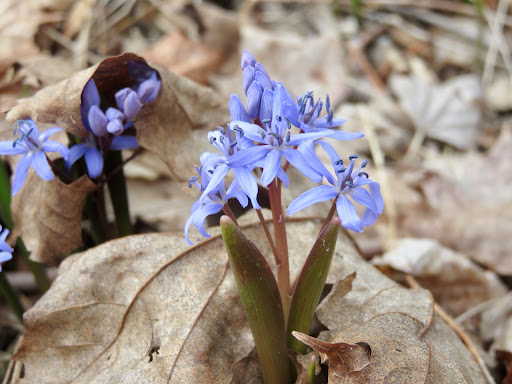
Scilla (bithynica?), Queset House, March 20
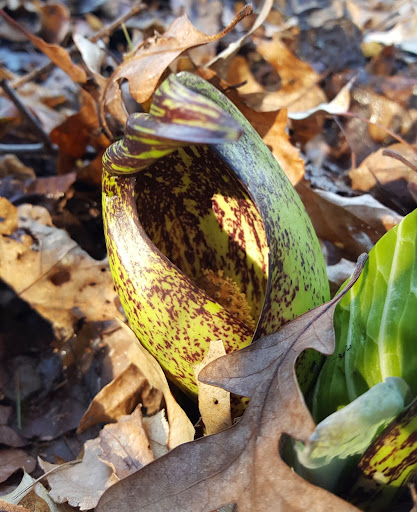
Skunk Cabbage in Bloom, Pembroke, March 22
Mosquito Larvae, Hanover, March 27

Multiflora Rose Leaves, Hanover, March 27

Wood Frog Eggs, Hanover, March 27
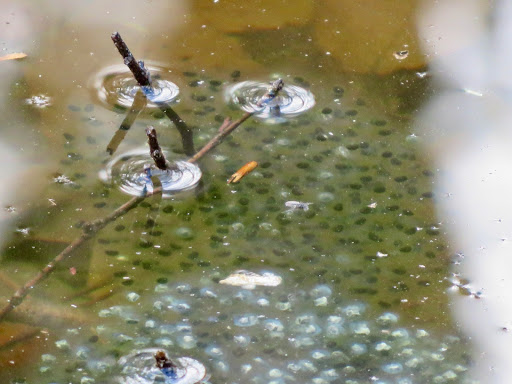
Wood Frog Eggs, Hanover, March 27
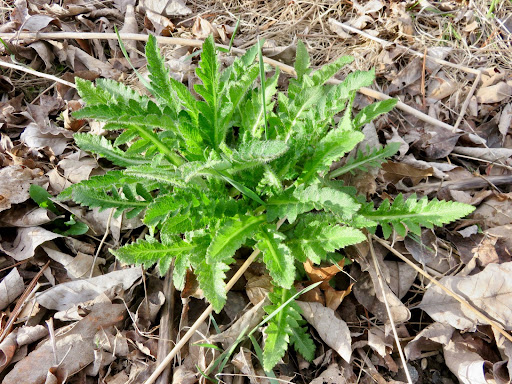
Oriental Poppy, Pembroke, March 27

Common Lilac Buds, Pembroke, March 27
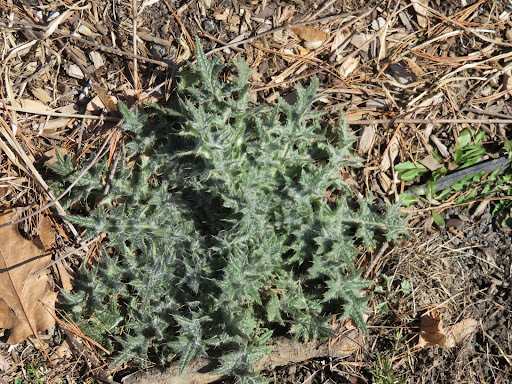
Thistle, Ames Free Library, March 29
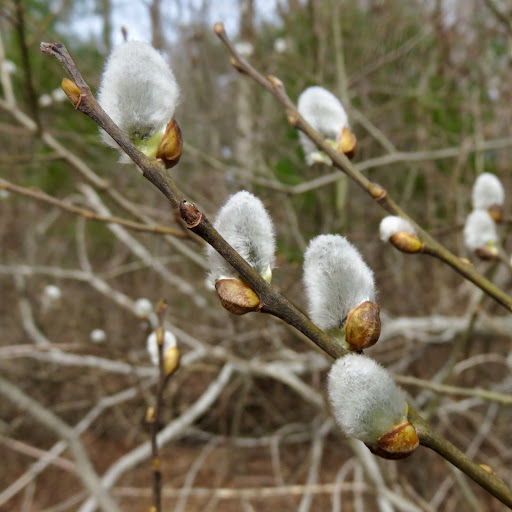
Pussy Willow, Pembroke, March 30
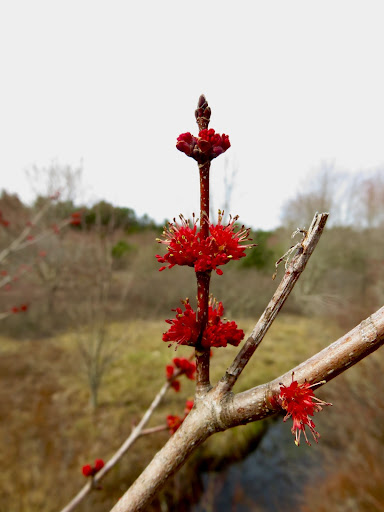
Red Maple, Pembroke, March 30

Jewelweed, Ames Free Library, March 31
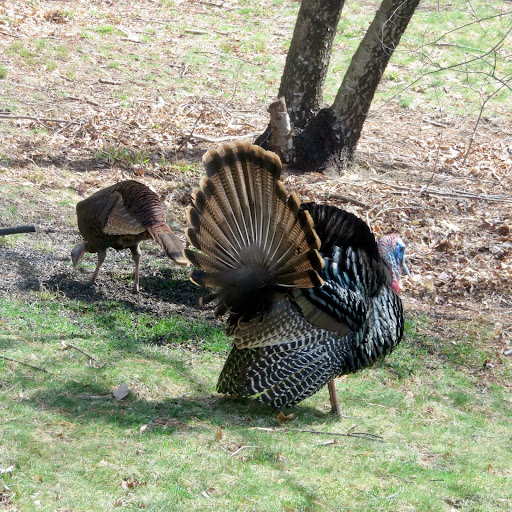
Wild Turkeys, Pembroke, April 1
